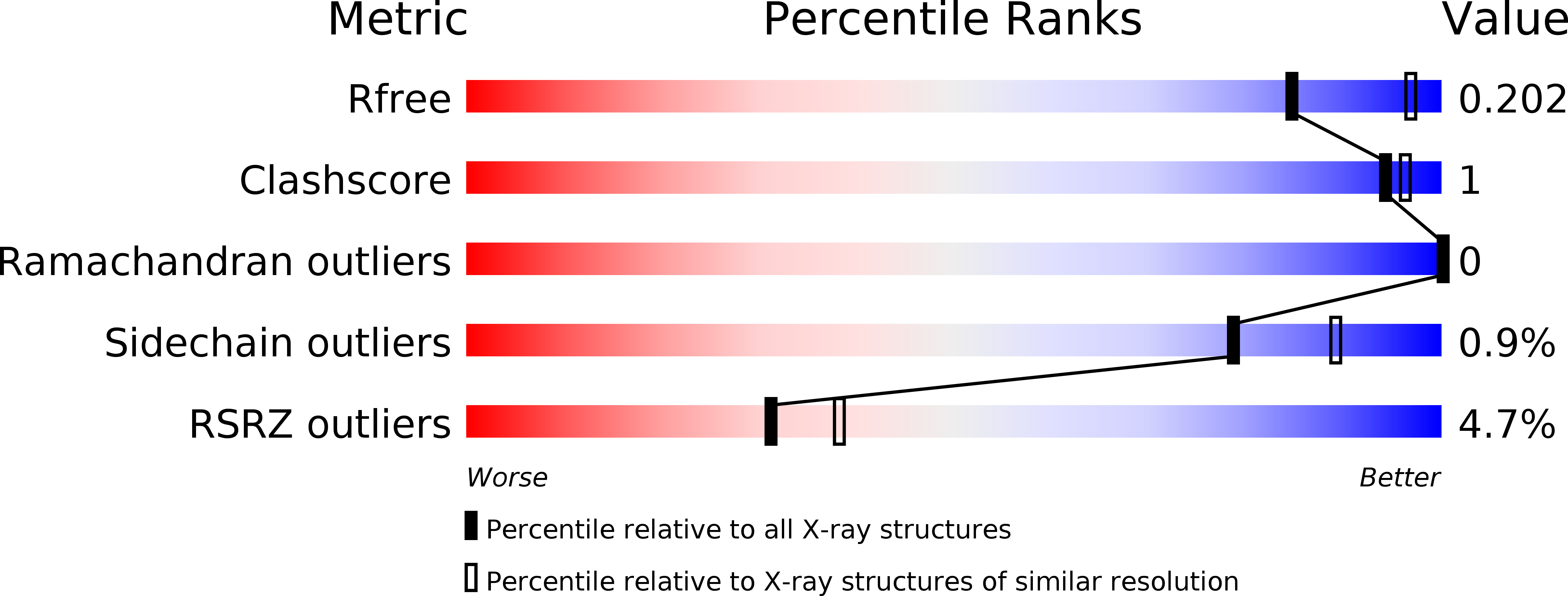
Deposition Date
2019-04-12
Release Date
2019-07-24
Last Version Date
2023-10-11
Entry Detail
PDB ID:
6OJR
Keywords:
Title:
Crystal structure of Sphingomonas paucimobilis TMY1009 apo-LsdA
Biological Source:
Source Organism:
Sphingomonas paucimobilis (Taxon ID: 13689)
Host Organism:
Method Details:
Experimental Method:
Resolution:
2.30 Å
R-Value Free:
0.20
R-Value Work:
0.18
R-Value Observed:
0.18
Space Group:
P 32 2 1


